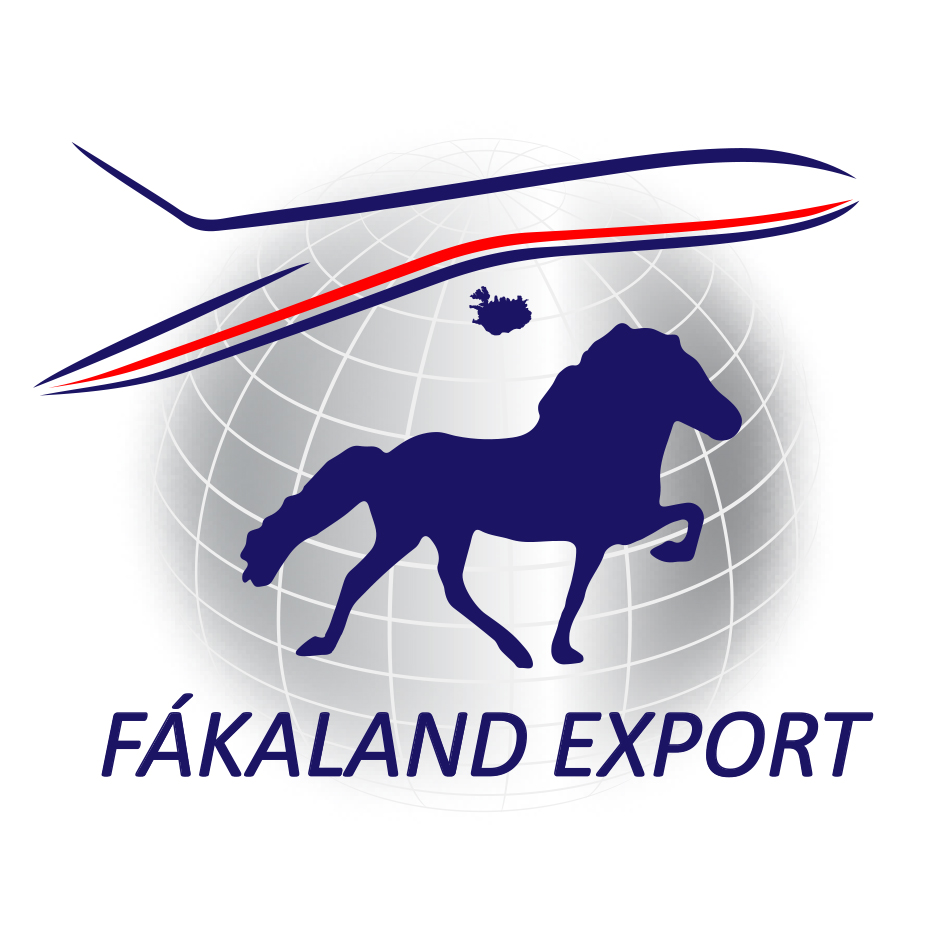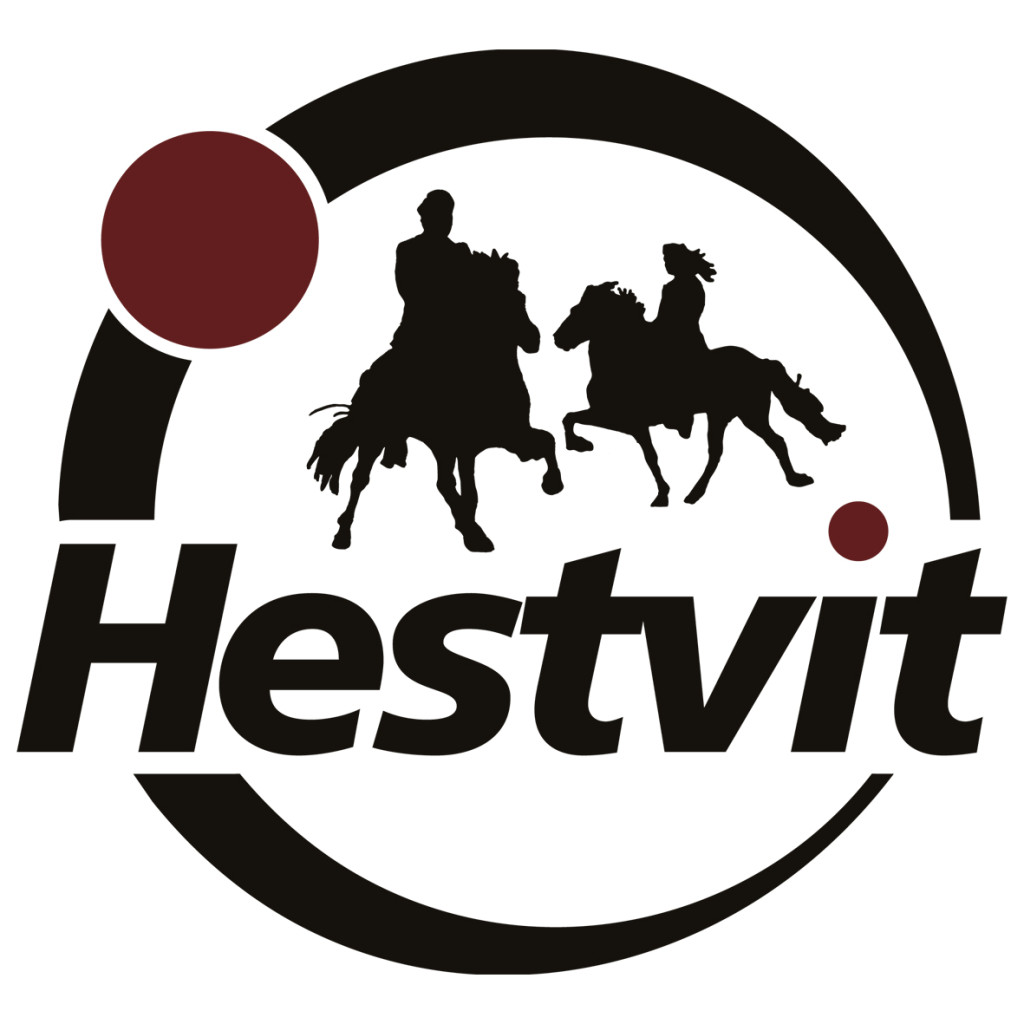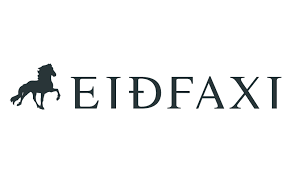For 50 years, Icelandic horse owners in the Rhön region of Germany have organised a three-day Gentlemen’s Ride (or “Herrenritt”) in the autumn. They invite friends and family from around the country to come and enjoy nature, the Icelandic horse and each other’s company.
It all began in 1963, when Raban Feuerstein, owner of chicken farm Frauenholz in the Hessian Rhön, was taken to hospital on suspicion of heart problems. The doctors advised him to relax and find a hobby. His wife, Charlotte, bought him a book on Icelandic horses, “Heißgeliebte Island-Pferde” by Ursula Bruns, which contributed significantly to German interest in the breed. The couple acquired two horses – which were the first Icelandics in Rhön – and started breeding.
 “My mother laid the basis,” says Josef Feuerstein, the couple’s son. He and his five siblings have all inherited their love for horses. “Rhön was a poor region and people had to work hard to survive,” he states. The situation improved gradually in the past century but animals were mainly used for food and work and horses considered a luxury. “Horses weren’t used for recreation.”
“My mother laid the basis,” says Josef Feuerstein, the couple’s son. He and his five siblings have all inherited their love for horses. “Rhön was a poor region and people had to work hard to survive,” he states. The situation improved gradually in the past century but animals were mainly used for food and work and horses considered a luxury. “Horses weren’t used for recreation.”
But that changed with the arrival of the Icelandic horses. Family and friends helped the Feuersteins build a stable and barn and erect fences. In exchange they were gifted with foals. And so, the Rhönian breed grew and with it the locals’ fascination for the horses. One of the new dedicated horse owners was Raban’s brother, Wigbert Feuerstein, who initiated the first Gentlemen’s Ride.
“It is rocky and cold here on average – in Iceland, it’s even more extreme – and it suits the Icelandic horses well,” says Josef. Rhön lies in central Germany within three states: Hesse, Bavaria and Thuringia (which used to be part of East Germany). The region’s name is probably related to the Icelandic word “hraun”, which means “lava”, and could be a reference part of the rock in the region being of volcanic origin.
Rhön is characterised by low mountains (“Mittelgebirge” in German). “1200-1300 years ago, when Rhön was urbanised, the primary forest was logged for agriculture and that’s how this saying came to be: “The land of open spaces”,” Josef explains. “When standing on top of a hill, there are many opportunities to see far and wide.”
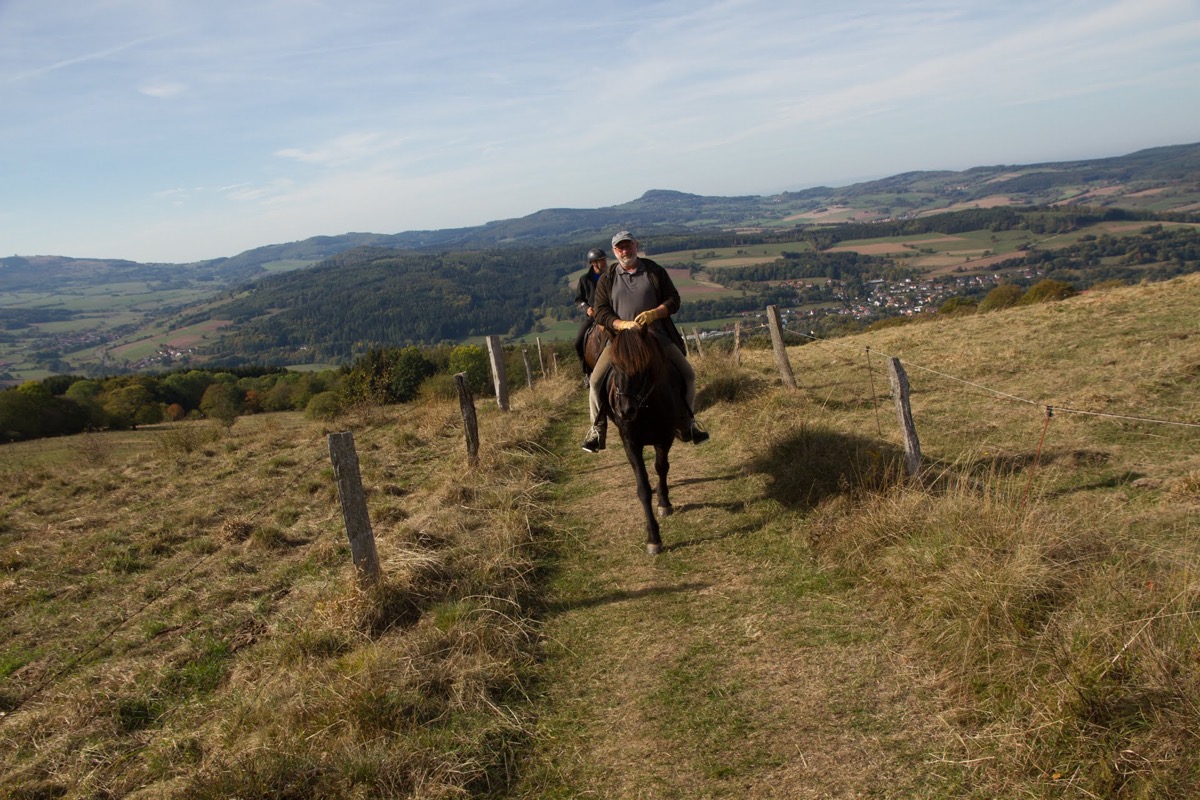 The Feuerstein family enjoyed riding through the beautiful landscape and came to appreciate their steeds’ will to move forward, their sure-footedness and easy-going nature. One October day in 1969, Wigbert and two others set out on a three-day ride of the region. They were so pleased with the experience that they immediately decided to repeat it the next autumn. Since then, the Feuersteins have invited friends and family members to join them for a three-day Gentlemen’s Ride of Rhön on the first weekend of October.
The Feuerstein family enjoyed riding through the beautiful landscape and came to appreciate their steeds’ will to move forward, their sure-footedness and easy-going nature. One October day in 1969, Wigbert and two others set out on a three-day ride of the region. They were so pleased with the experience that they immediately decided to repeat it the next autumn. Since then, the Feuersteins have invited friends and family members to join them for a three-day Gentlemen’s Ride of Rhön on the first weekend of October.
Last year marked the event’s 50th anniversary. Starting at Frauenholz, the riders crossed Rhön to the northeast, ending at the farm Eckweisbach. “There were 37 riders – only men. The weather was unusually fair. On the first day it was really hot: 18 degrees [Celsius],” says Josef. They rode 35 km on the first day, 25 km on the second and again 35 km on the last day of the trip. “It was foggy on the second day, but on the third we got a sensational view from the mountains.”
Josef and his brothers Nicolaus and Alexanders are now the main organisers of the Gentlemen’s Ride. Participants come from the northernmost and southernmost regions of Germany and 10 to 15 of them never miss a tour. The oldest rider is 83 years old and the youngest to date was 10. For many years, the men always took the same round trip but in recent years they have opted for different routes, although riding up and down hills is usually a fixed feature. The men spend the nights at guesthouses along the way and the horses on fields belonging to farms of acquaintances.
“The first night is for men only,” says Josef. Then they enjoy a few beers and play cards. “On the second evening, the women are welcome to join us.” Sabine, Josef’s wife, recalls one year when the women were encouraged to wear dirndl on the occasion of Oktoberfest. “But no one wore dirndl except me!” she laughs. “And I could brag about my beautiful wife,” Josef adds teasingly. The women have their own ride every August, the so-called Witches’ Ride (“Heksenritt”), which has an over 40-year history.
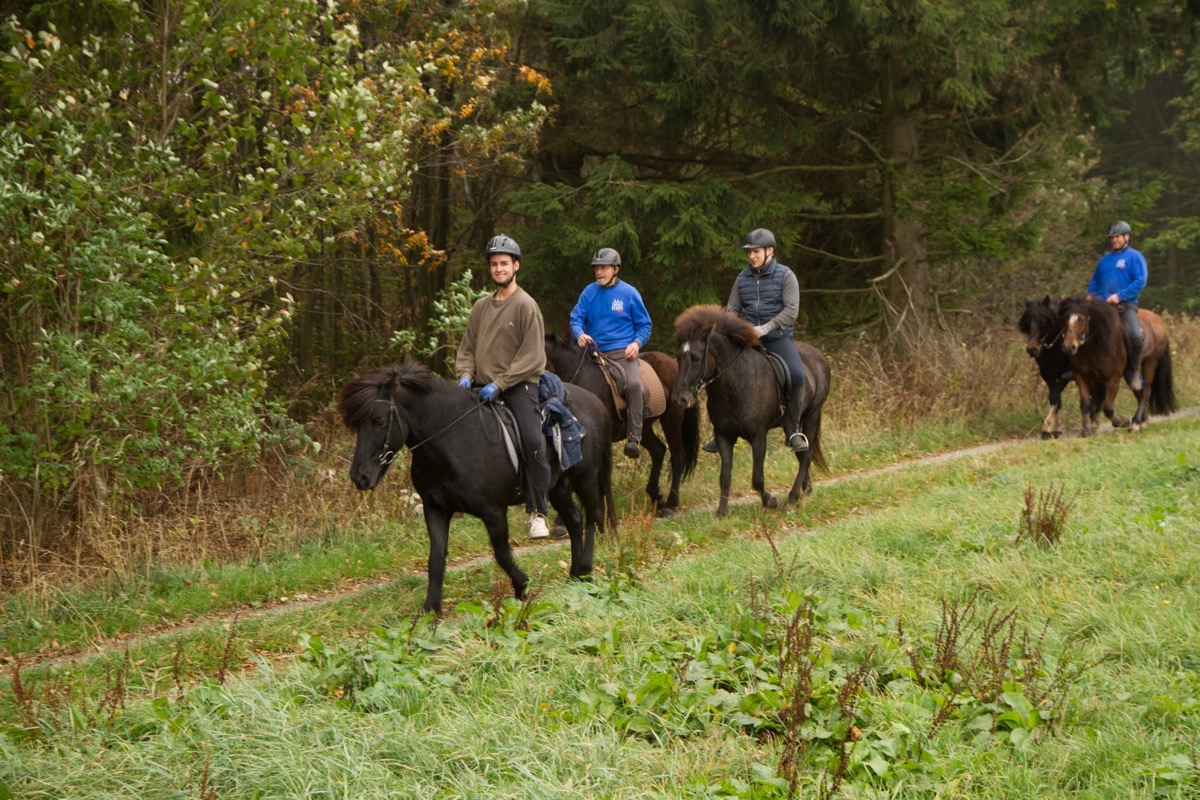 Last year, everyone gathered on the second night to celebrate the 50th Gentlemen’s Ride. A film which was shot during the 5th ride in 1974 was screened. “It’s very charming with atmospheric music and a narrator,” says Josef. “We consider it to be part of our cultural heritage.” The film captures the friendship and joy of riding, which has remained the essence of the Gentlemen’s Ride. “It’s a combination of the movement of the hoses in this landscape and boys having fun,” Josef adds in description of the ride’s spirit. “The horses contribute to that. The Icelandic horses are brilliant. They’re so affable and we hardly encounter any problems while riding. But if we like, we can also make them run fast.”
Last year, everyone gathered on the second night to celebrate the 50th Gentlemen’s Ride. A film which was shot during the 5th ride in 1974 was screened. “It’s very charming with atmospheric music and a narrator,” says Josef. “We consider it to be part of our cultural heritage.” The film captures the friendship and joy of riding, which has remained the essence of the Gentlemen’s Ride. “It’s a combination of the movement of the hoses in this landscape and boys having fun,” Josef adds in description of the ride’s spirit. “The horses contribute to that. The Icelandic horses are brilliant. They’re so affable and we hardly encounter any problems while riding. But if we like, we can also make them run fast.”
The founders of the Gentlemen’s Ride were honoured during the celebration, including Charlotte, Josef’s mother. She was unable to attend the event herself, but her daughter-in-law Heike accepted the recognition on her behalf. Not only did Charlotte and her husband bring the first Icelandic horses to Rhön but she also supported the Gentlemen’s Ride from the start. “On the last day, there was always a farewell dinner and my mother-in-law made the food for everybody, a stew, casserole, lasagne or soup, something which was easy to prepare for a lot of people,” says Sabine. “No one was supposed to leave on an empty stomach!” adds Josef. When the cooking became too difficult for Charlotte to manage, her daughter Dorothee assisted her and Charlotte served schnapps. Charlotte lived to see the 50th Gentlemen’s Ride but shortly before the end of 2018 she sadly passed away at 92.
Even though the founding mothers and fathers, Charlotte, Raban and Wigbert, are gone, the tradition lives on and grows stronger every year. “Our slogan is: “Nach dem Herrenritt ist vor dem Herrenritt”,” says Josef, or “After the Gentlemen’s Ride is before the Gentlemen’s Ride”. He is already planning the 2019 event, which will take place 11th-13th October. “We haven’t had an Icelandic participant yet – original Icelandic horses, but no Icelander!” He encourages those who are interested to contact him (jobb@herrenritt.de). “It’s all about spending time with each other,” he explains, stressing: “In 50 years, we haven’t had a serious accident and that also speaks in the horses’ favour.”
HERE you can watch the film made about the 5th Gentlemen’s Ride by Otto Herber and Peter Maubach.
Text: Eygló Svala Arnarsdóttir. Photos: Josef Feuerstein.







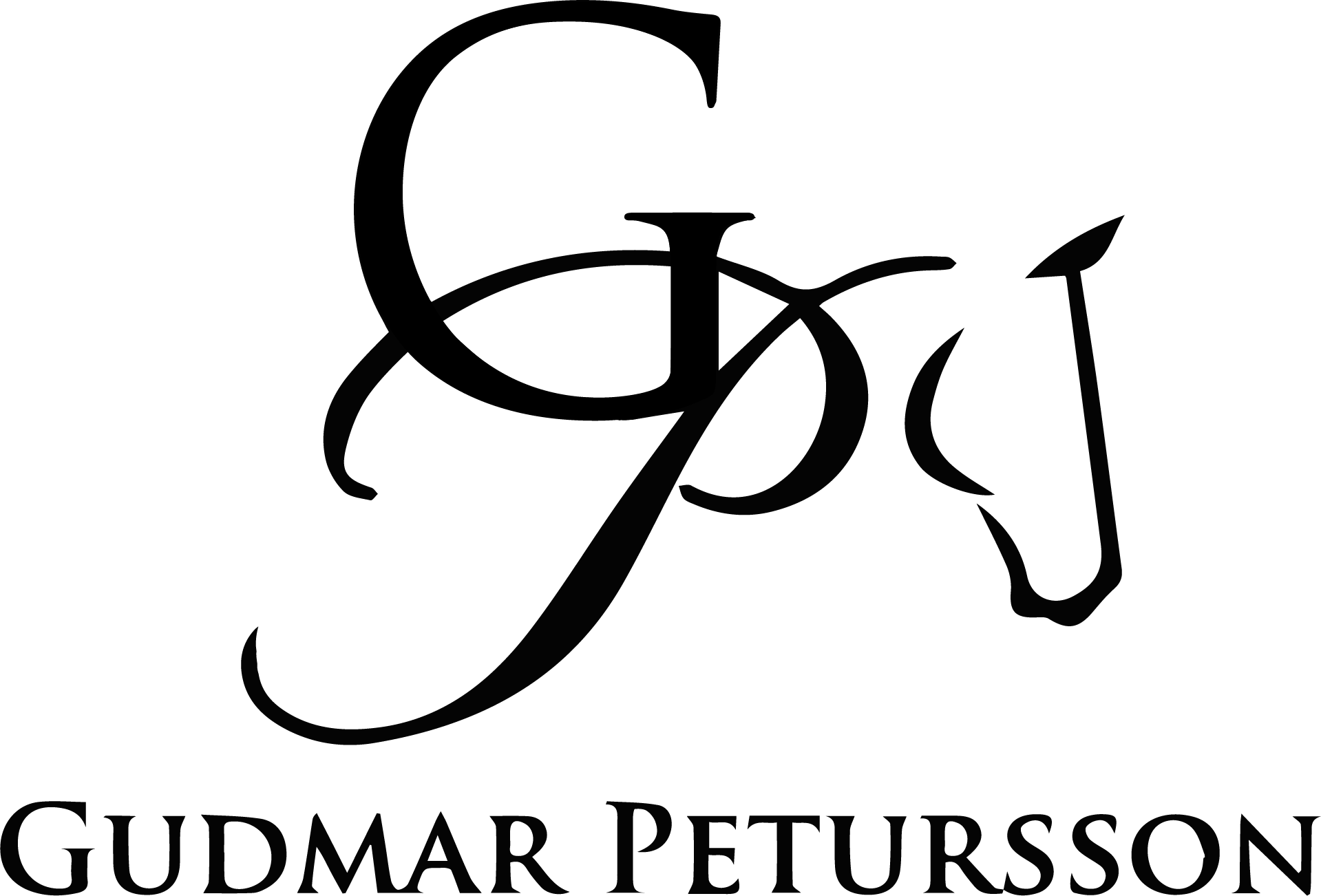
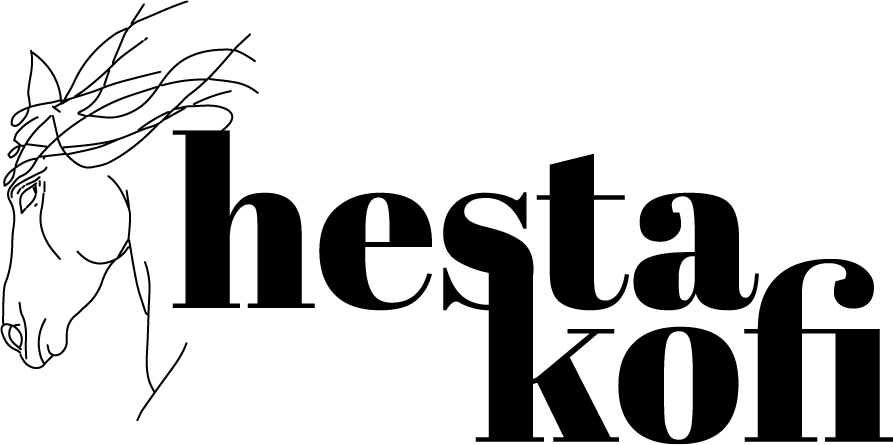
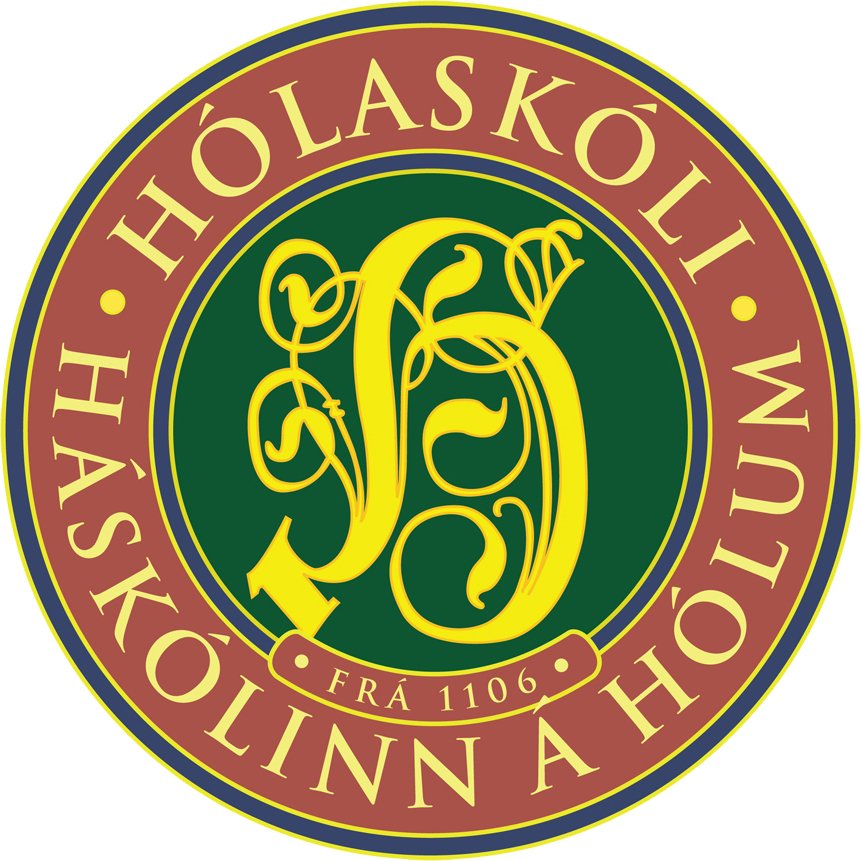



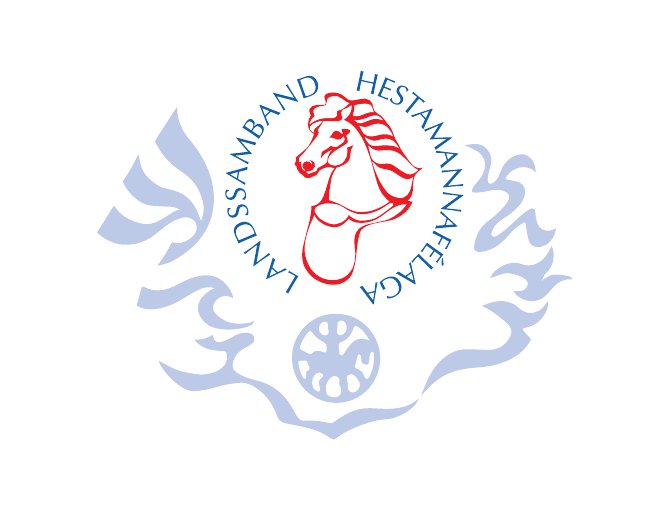



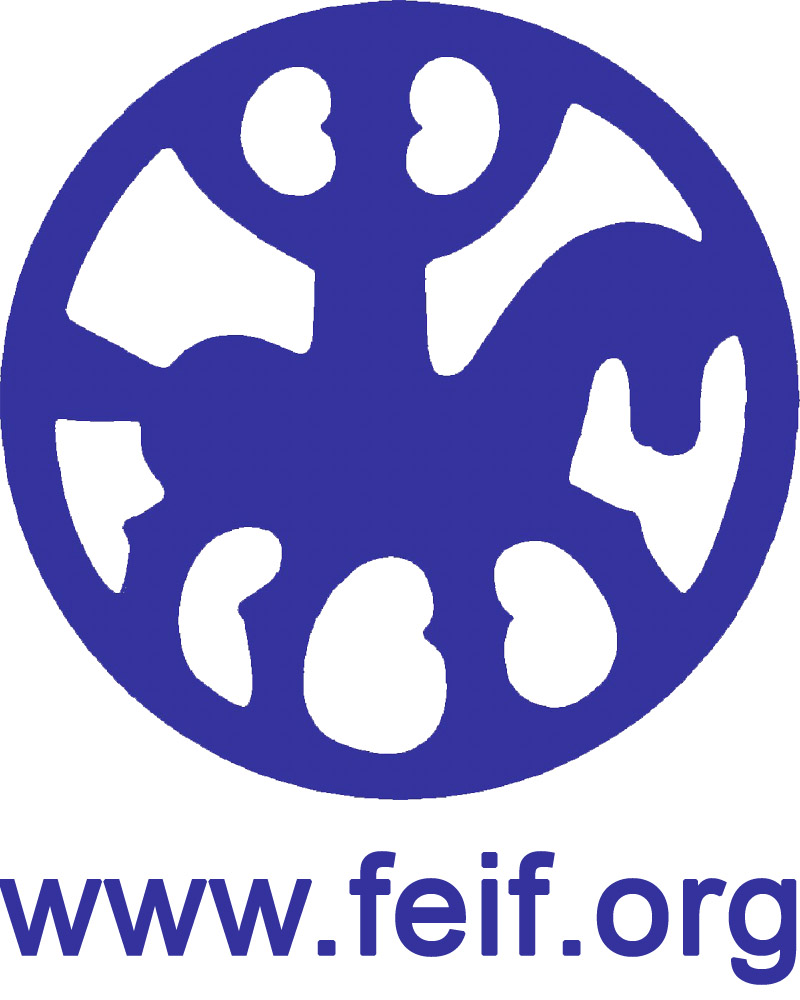
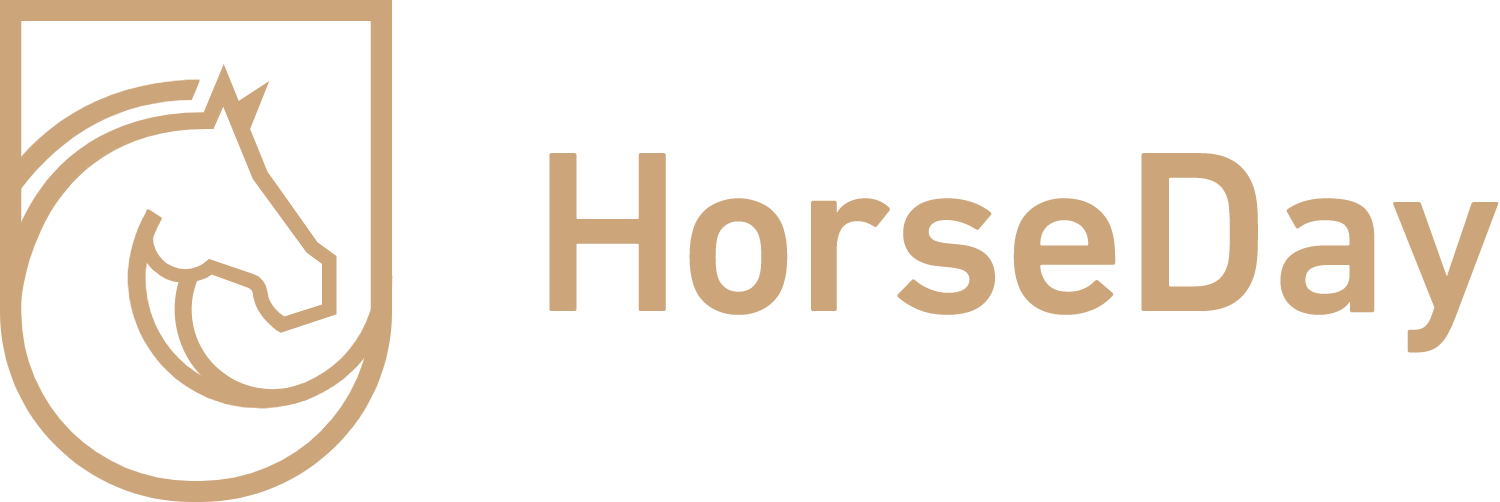
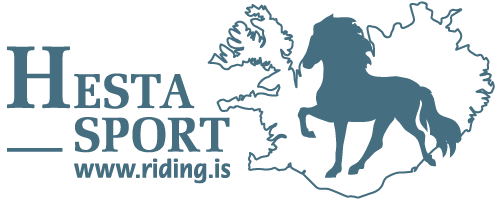


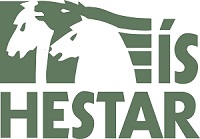
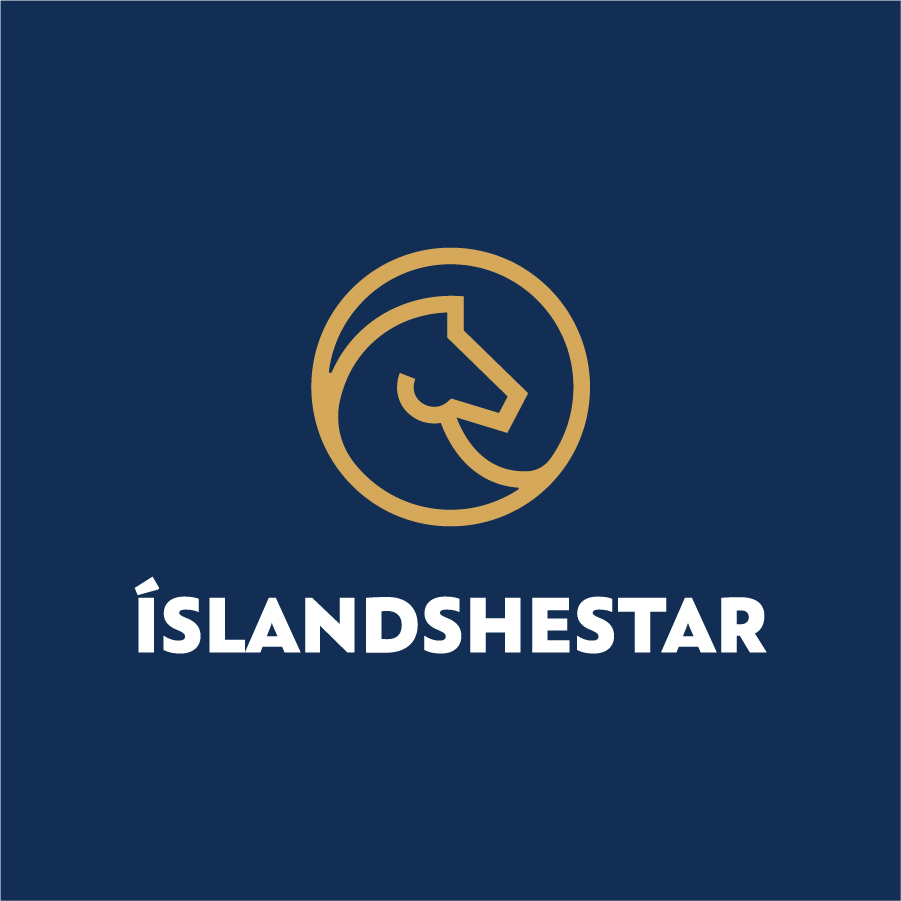
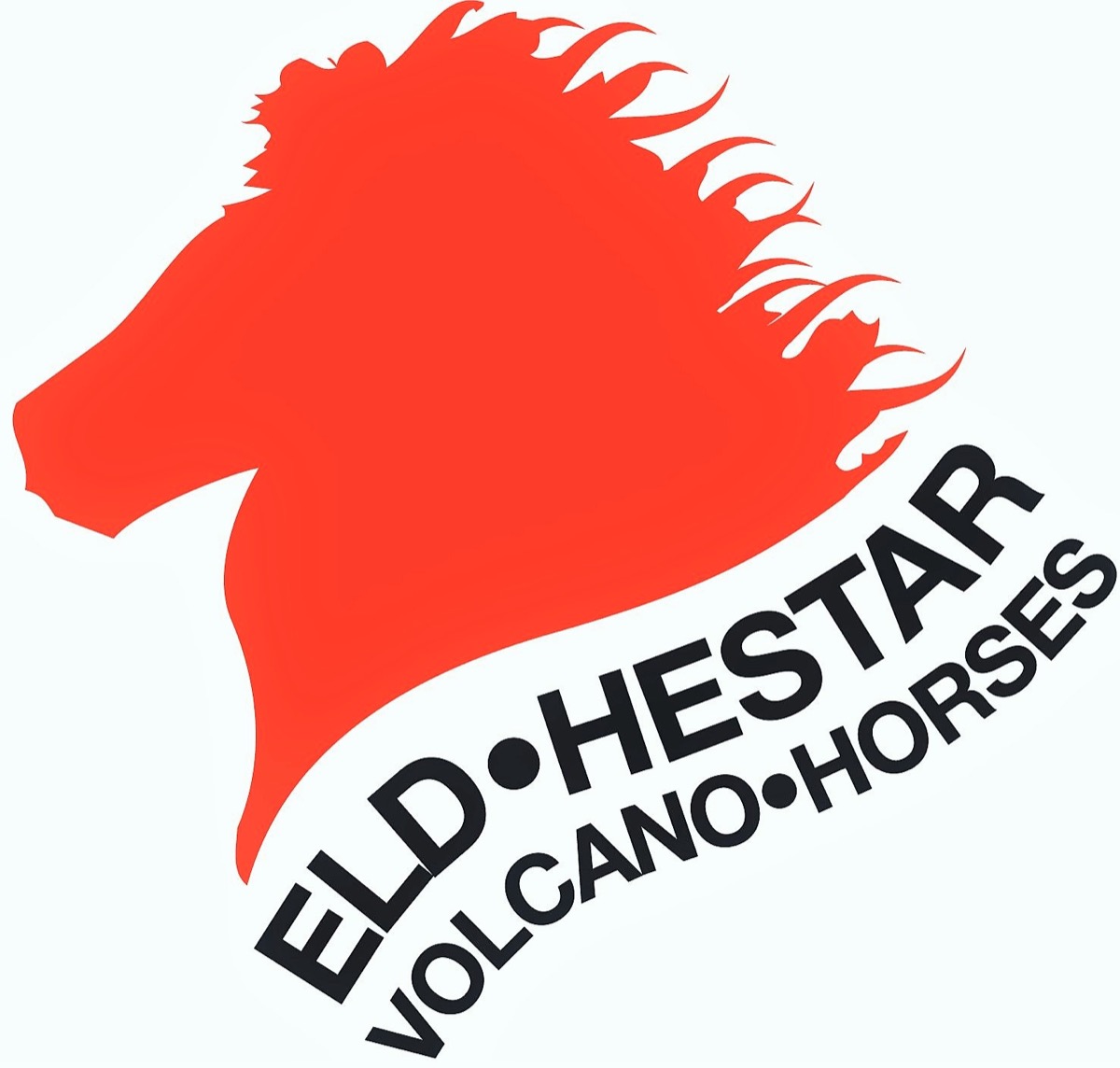
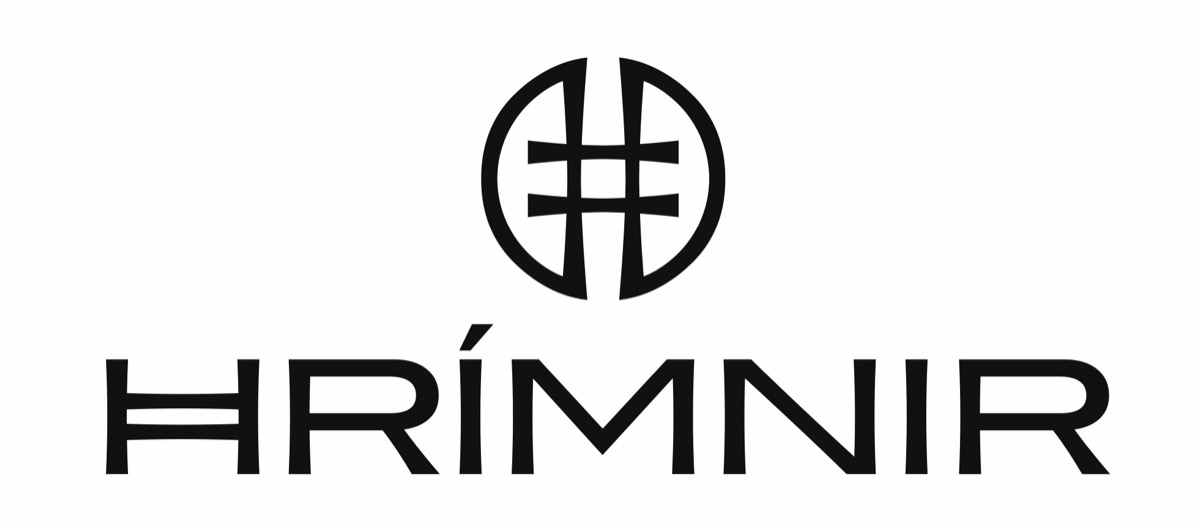


-1.jpg)
